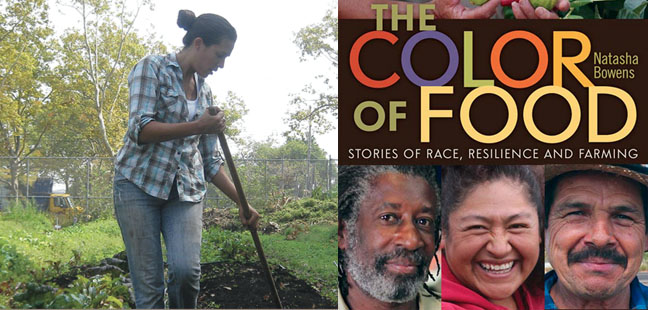At the height of Black farming in the U.S., a million farmers owned almost 17 million acres of land. Between 1920 and 1996, however, Black land ownership dropped by 70 percent and in 2012, there were only 44,000 Black farmers in the nation.
Thanks to evidence uncovered in a landmark lawsuit Pigford v. Glickman, we now know that the U.S. Department of Agriculture (USDA) denied credit and benefits to Black farmers and gave preferential treatment to White farmers, essentially forcing Black farmers out of agriculture. By 1992, the number of Black farmers in America had declined by 98 percent.
But that’s not all. Across the board, people of color are under-represented in today’s agricultural landscape. According to the latest USDA agriculture census, Latinos make up 3.2 percent of today’s farm owners, American Indians or Alaska natives make up 1.8 percent, Black or African people make up 1.6 percent, and Asians constitute less that 1 percent.
These are the kinds of facts that propelled me to write The Color of Food: Stories of Race, Resilience, and Farming. When I joined the food and agricultural movement as a woman of color, I was immediately struck by the glaring racial disparities that live, not only in the food system regarding food access and health, but in the good food movement itself.
I could see that the face of the movement was not representing communities of color, the very same communities most heavily impacted by a broken food system. I felt like these voices were missing in the discussions about organic farming, rural homesteading, and even food justice and the urban farming projects that were sprouting up across the nation. It seemed the role of people of color in food and agriculture was misrepresented and defined solely in statistics about inequity. I knew our story was richer than that and I thought storytelling from farmers and food activists of color was the perfect way to share it.
